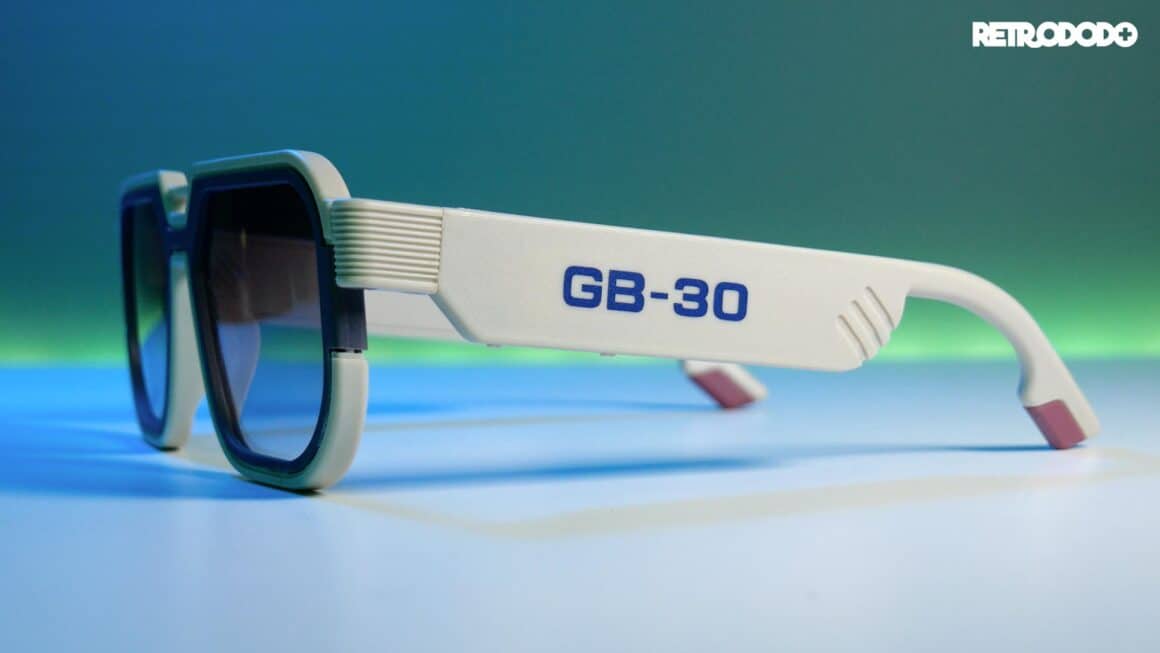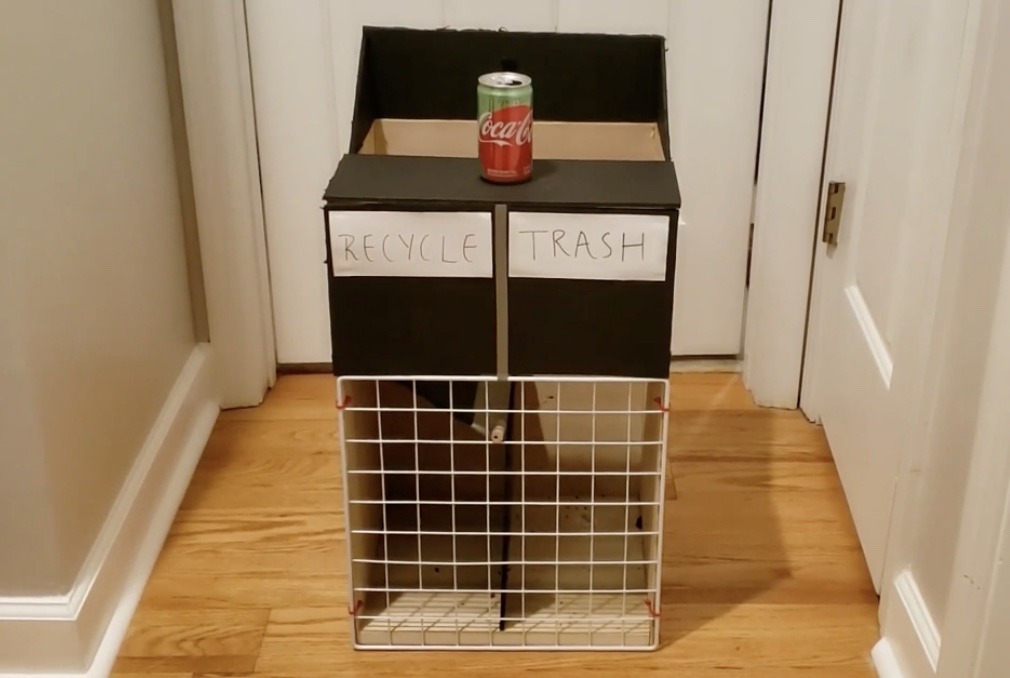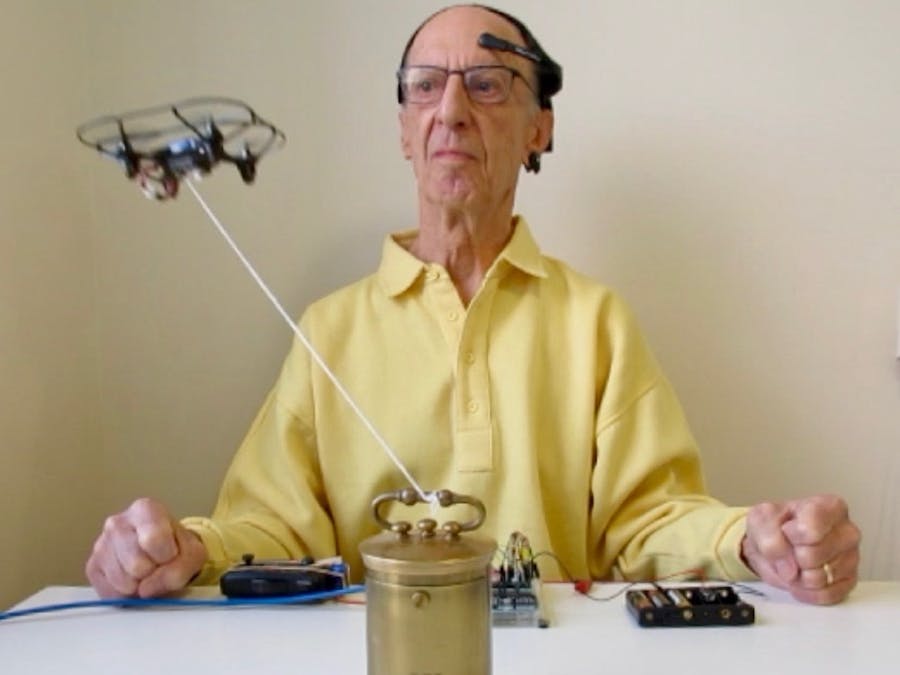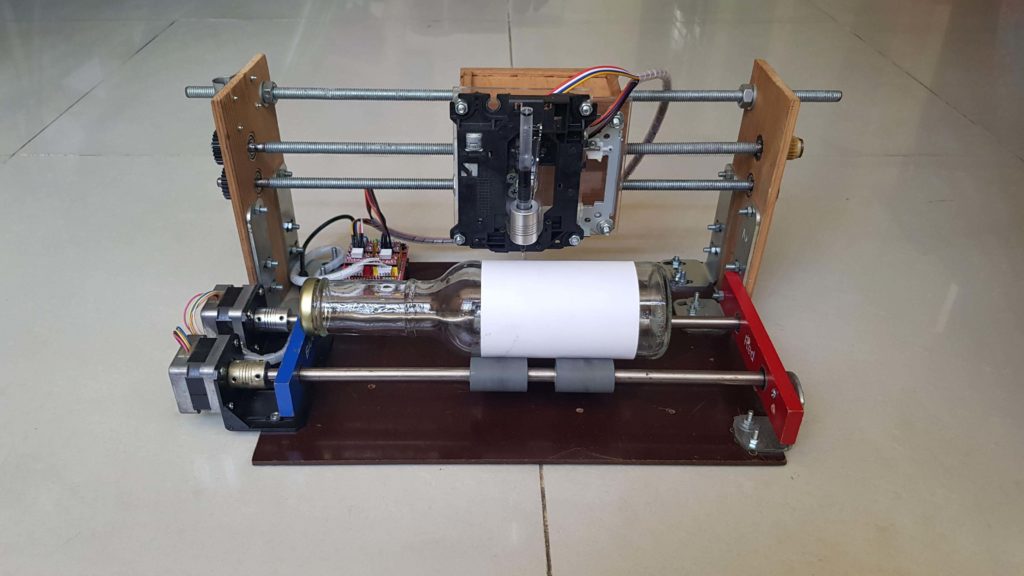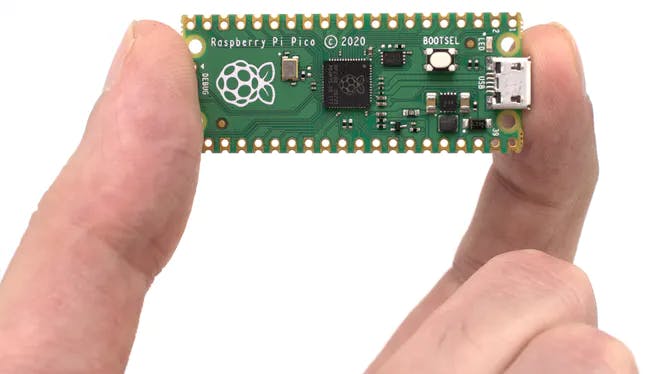Have you ever wondered what would happen if Nintendo released Gameboy Glasses for retro gamers? No, me neither, but the geeks over at Mutrics, have invented just that and we love it.
No they can’t play your best Gameboy Color games, but they can reduce eye strain, and connect to your smartphone to play audio through the built-in speakers at the back.
